Table of Contents
ToggleMajority Rule, Minority Rights: Examples
Just because a democracy succeeds at giving power to the majority does not mean it is a just government. The majority could oppress the minority and pass laws against them. Therefore, there is more to democracy or just government than preventing a minority from ruling over the majority.
While the majority should get their way on most issues that people can vote for, a minority should still have rights. The majority should not use political power to pass laws that oppress a minority, and the constitution should prevent this from happening.
When voting, people should consider whether or not a decision will hurt the minority of the population that strongly disapproves of this decision. People should not vote only for their own interests or their group’s interests. Voters should consider the needs of the whole population.
What are Minority Rights?
Minority rights are things that the majority should not or is not legally allowed to take away from the minority, not even if they can win a popular vote to take away rights. Things like freedom of speech and the right to vote are not things you can take away from groups of people under the constitution.
Not every decision that a democracy makes is ethical. Democracy allows people to vote a bad government out of power but does not prevent people from voting for unjust laws. Citizens need to believe in fairness, and the constitution needs to defend equality.
Minority Rights and the Constitution
Many parts of the United States Constitution defend minority rights. The thirteenth amendment bans slavery, and the fifteenth amendment bans discrimination in voting.
It took many decades to go from the fifteenth amendment to the more powerful Voting Rights Act, but the fifteenth amendment was still effective in many states. Other parts of the constitution that defend people’s rights can be used to defend the rights of minorities of any kind against the majority.
What is Majority Rule?
Majority rule is also part of democracy. If the people in a country disagree on an issue, the majority should usually get their way.

For example, if the decision is whether or not to use tax money to build a new bridge, the majority should determine the issue. If the people vote on the issue directly, the majority should win. If representatives decide it, then representatives should go with what the majority wants to win the next election and respect the will of the people.
Sometimes, A Decision Should Favor the Majority
Not every issue is a minority rights issue. Sometimes, a decision should favor the majority, as it does not interfere with the rights of a minority.
Building a bridge or a new school is a good example of a case where the majority should get their way. While some would argue that taxes are against people’s rights, a minority cannot always claim that their rights are taken away by a decision that does not benefit them.
How the Constitution Defends Majority Rule and Minority Rights
The fifth article of the constitution deals with how the constitution can be amended. It makes passing amendments difficult, more than passing laws is. More than a slight majority is required to amend the constitution.
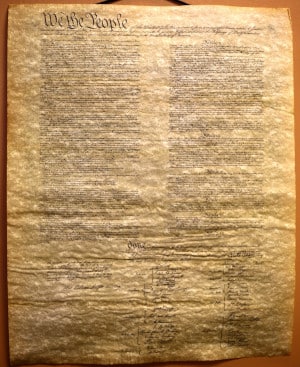
There are two ways to amend the constitution:
- Two-thirds of congress votes for an amendment, and three-quarters of states ratify it.
- Two-thirds of the states propose an amendment at a national convention, and three-quarters of states ratify it.
Article V protects minority rights by requiring more than a slight majority to approve of any change to the constitution. If the minority is not small, the constitution stays the same.
If one major party wants a constitutional amendment that the other party doesn’t, the amendment won’t pass. A large minority has power over the majority in this case.

Get Smarter on US News, History, and the Constitution
Join the thousands of fellow patriots who rely on our 5-minute newsletter to stay informed on the key events and trends that shaped our nation's past and continue to shape its present.
Article VI of the Constitution
Article VI limits rather than protects states’ rights. It says that treaties, the constitution, and federal laws outweigh state laws.
This may protect minority rights by preventing states from passing unconstitutional discriminatory laws. It also protects majority rule by empowering the federal government over individual states that disagree with the national majority.
The First Amendment
The first amendment also protects minority rights. If a group of people has some beliefs against what the majority believes, they can use the first amendment to turn their minority into a majority.

People with unpopular opinions can discuss, print, and broadcast them under the first amendment. They can use the media to argue for their unpopular ideas and make them more popular. A minority can also freely assemble or publicly demonstrate under the first amendment.
Checks and Balances in the Constitution
The first few articles of the constitution explain how people are elected and gain government power in the United States. First, Congress is elected by the people. Then, congress elects more people to the legislative and judicial branches of the government.
This ensures that the majority rules. Everyone in the government is either elected by the people or indirectly elected by people that citizens elected.
One Branch Can Check Another’s Power
The first few articles also explain the roles of the government’s legislative, executive, and judicial branches. The three branches all have separate powers. One branch can check another branch’s power.
This system of checks and balances makes sure that there are minority rights and majority rule. For example, if the majority were to pass a law that discriminates, the judicial branch could declare the law unconstitutional.
Other Examples: Plessy vs. Ferguson
In the 1890s, a man was arrested and jailed for sitting in a railroad car that was only for white people and refusing to move to a black railroad car. Although he looked almost white, anyone with a small amount of black ancestry was not allowed in a white railroad car.
After he got out of jail, he wouldn’t back down without a fight and took his case all the way to the Supreme Court. Eventually, the Supreme Court ruled that segregation was legal but that the standard had to be equal.
Was Plessy vs. Ferguson A Step Backwards or Forwards?
Segregation with “equal standards” still seems racist to us, but it may have been a small step towards ending segregation and improving civil rights. At the time, it seemed fair – the majority would rule (segregation remained legal for a few more generations), and the minority would have rights (equal standards).
Standards were often unequal in practice. However, the case may have been a small step forward because it tried to prohibit segregation with unequal standards. Over time, there would be more legal cases that challenged segregation until eventually, it could end.
Segregation Begins to End: Brown vs. Board of Education
Segregation with “equal standards” lasted from the Plessy vs. Furgoson case of 1896 to the historic Brown vs. Board of Education Case of 1954. Brown vs. Board of Education made segregation even with equal standards illegal.
The case involved 13 parents that were not allowed to send their kids to a nearer school because of racial segregation. Judges ruled that segregation laws were unconstitutional under the equal protection clause of the fourteenth amendment.
The fourteenth amendment deals with the rights of citizens. It says many things, including that the law must protect all American citizens equally. It was passed after the civil war, and like the 13th amendment (ending slavery) and the 15th amendment (voting rights), it was to protect minority rights.
Segregation in Schools Declared Unconstitutional
While the school boards attempted a defense based on earlier court decisions and states’ rights, it was not enough. Many lawyers worked hard to end segregation, and they made a strong case against it.
People presented evidence that growing up in segregated schools made minority kids feel like second-class citizens. This meant that segregation was harmful, even of a separate but equal kind.
While lower courts ruled in favor of segregation, the supreme court did not. After hearing and rehearing many arguments, the Supreme Court unanimously decided segregation was unconstitutional in 1954.
The Shaw vs. Reno Case
When people draw local boundaries for voting districts, they sometimes do so with political motivations. You can turn a blue state into a red state or the other way around by changing the boundaries of each voting district. Sometimes, these decisions lead to court cases.
In 1993, North Carolina submitted a plan for new voting districts. Since there was only one voting district with a mostly black population in the whole state, the state boundaries were rejected. North Carolina would have to submit a new proposal with two black-majority voting districts.
However, some North Carolina residents saw the creation of a second black voting district as unreasonable and having no real purpose. They took the case to the Supreme Court, which ruled that the second black voting district was unreasonable and unnecessary. The Supreme Court said that while voting districts must be conscious of the 1965 Voting Rights Act, the original map with only one district was not discriminatory.
The Interpretation of the Constitution Can Change Over Time
If people’s values change or the values of Supreme Court judges change, laws may become unconstitutional even if the constitution remains the same.
In the 1890s, the Supreme Sourt did not think that any constitutional amendments were against segregation. In the 1950s, on the other hand, people’s values were changing, and the Supreme Court justices saw segregation as unconstitutional.
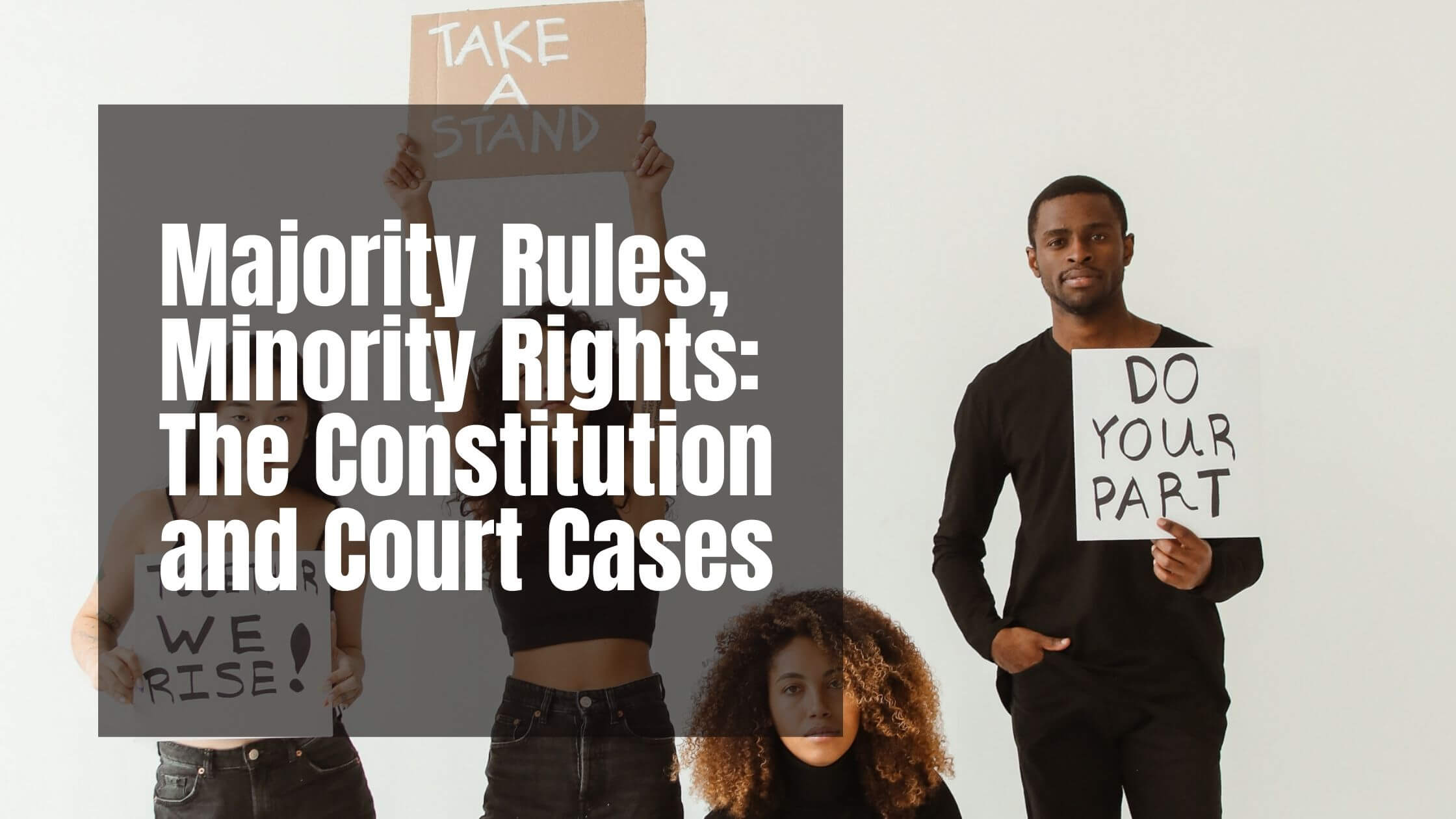
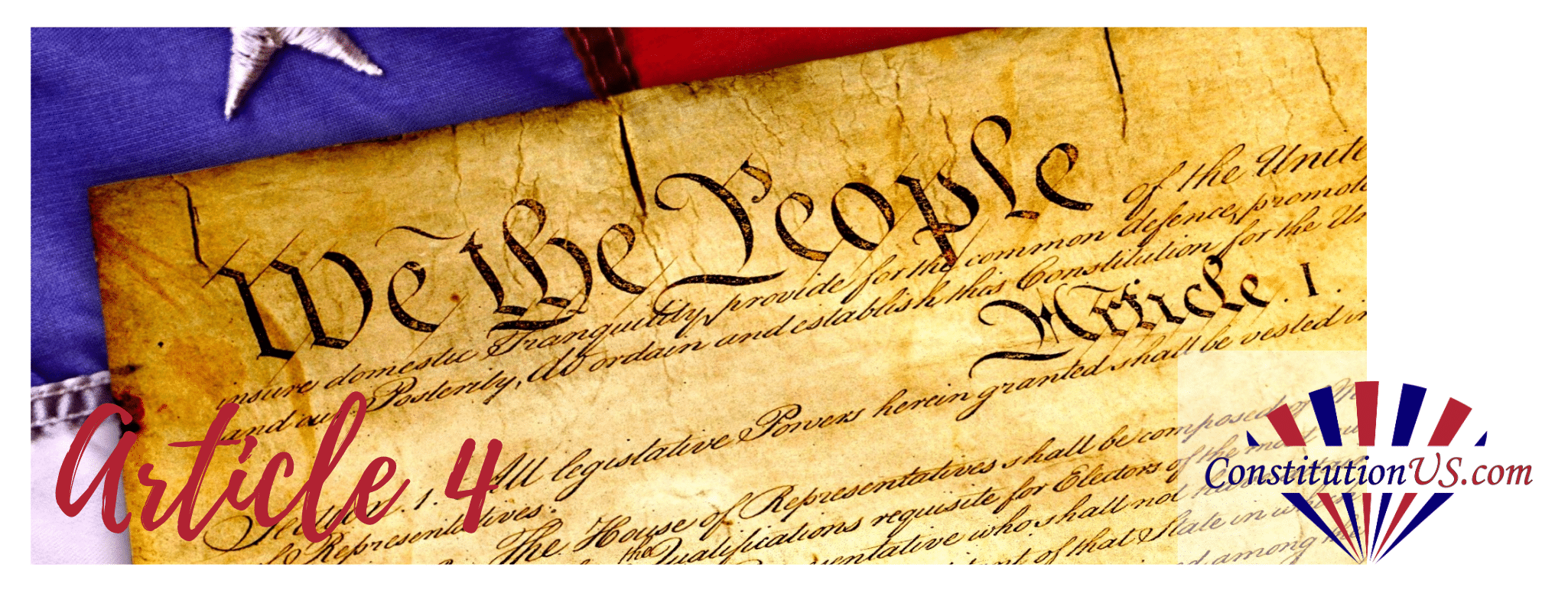
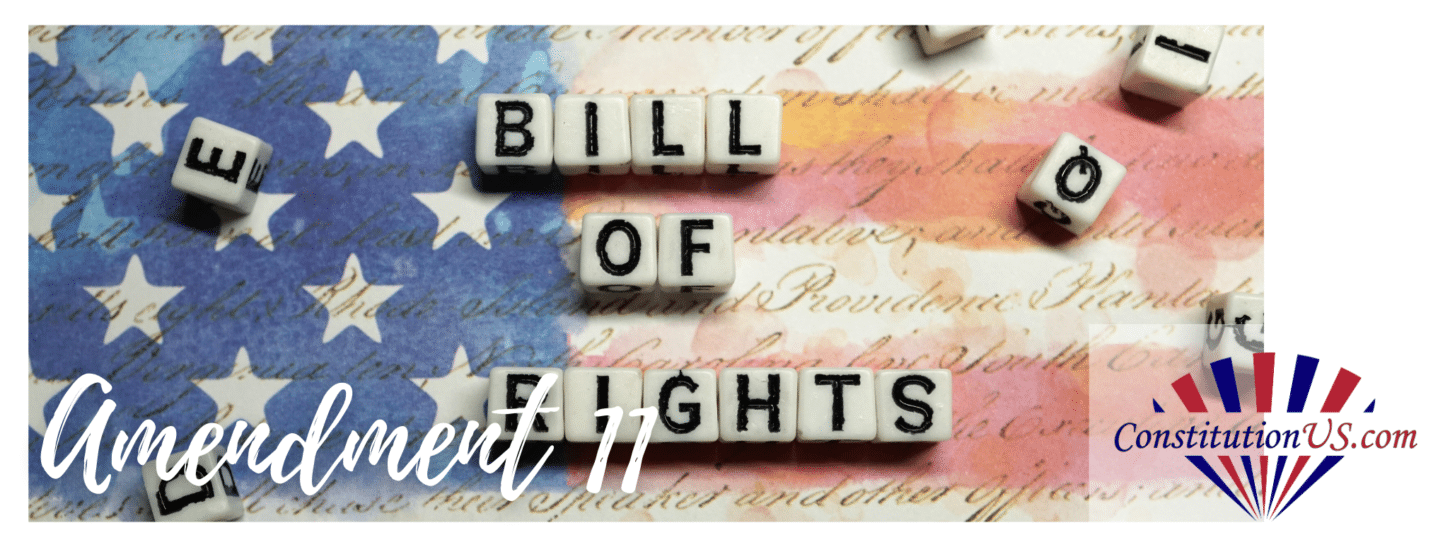
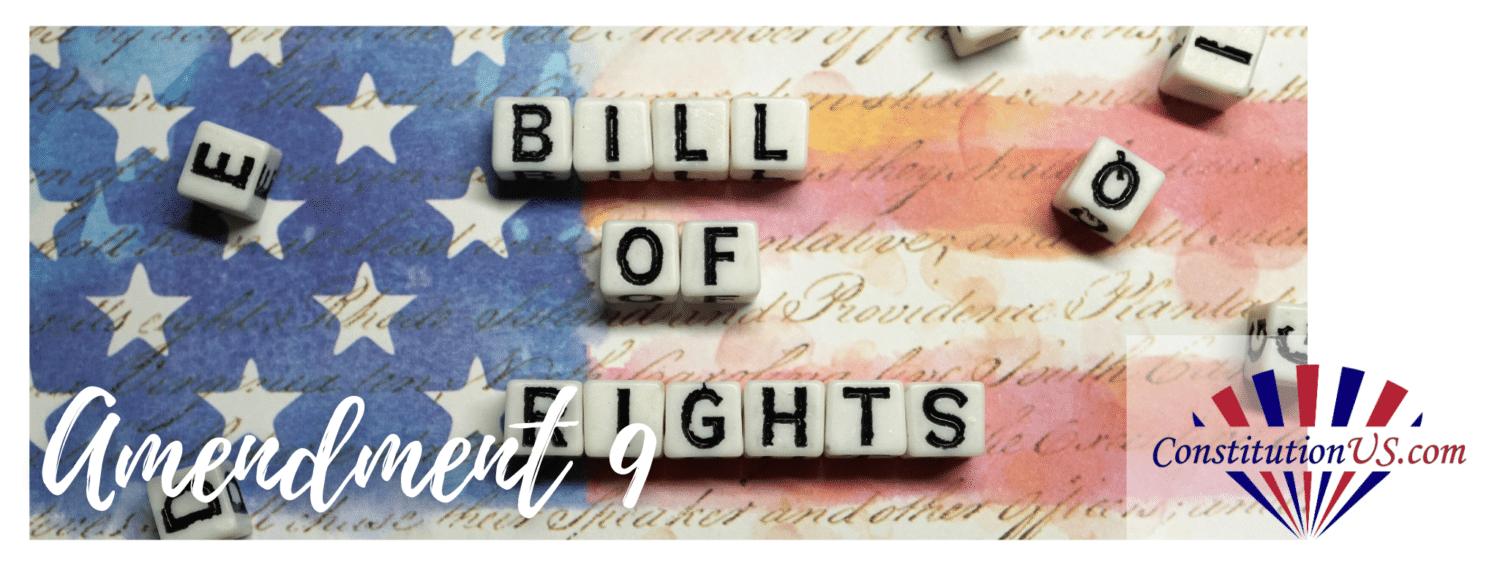
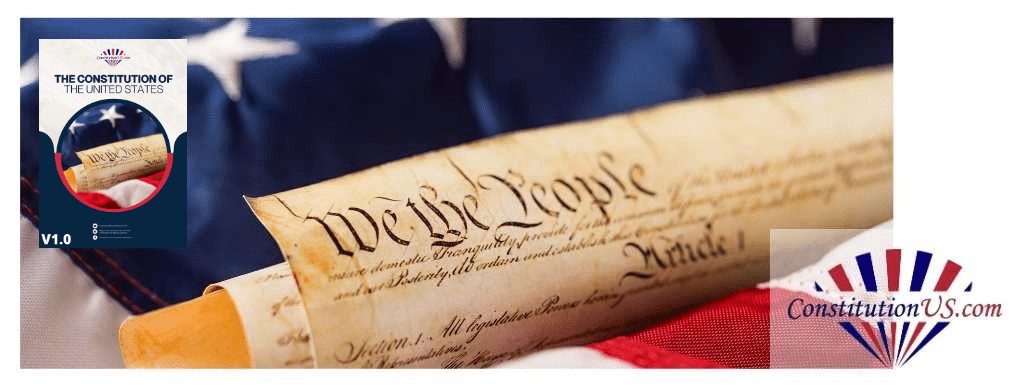
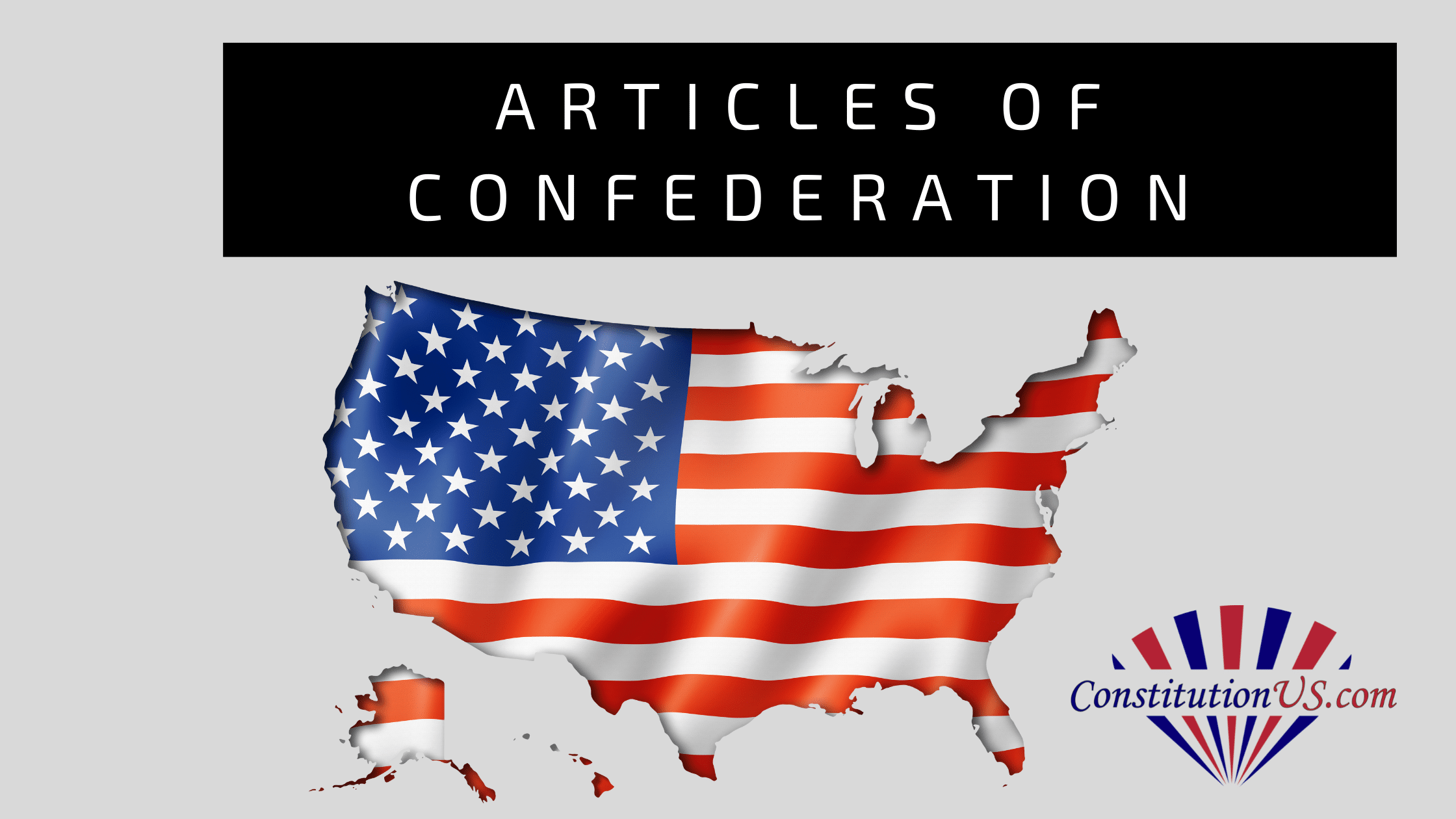
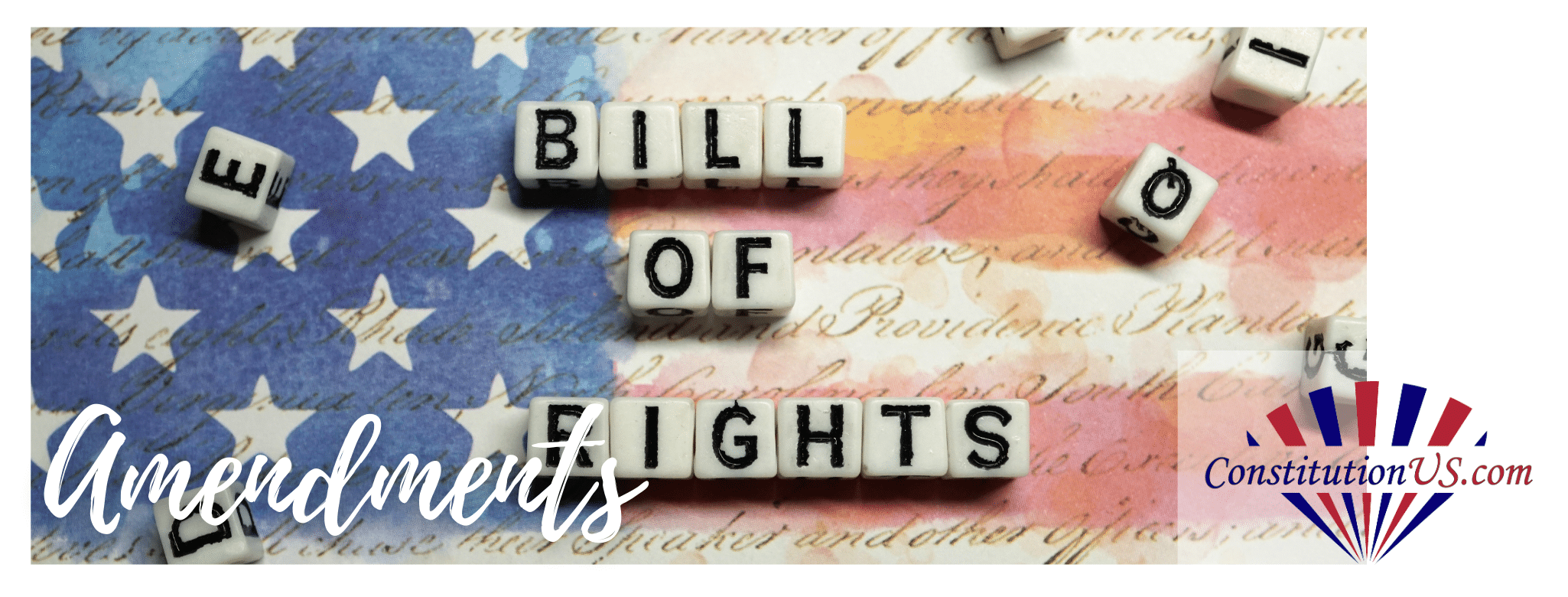
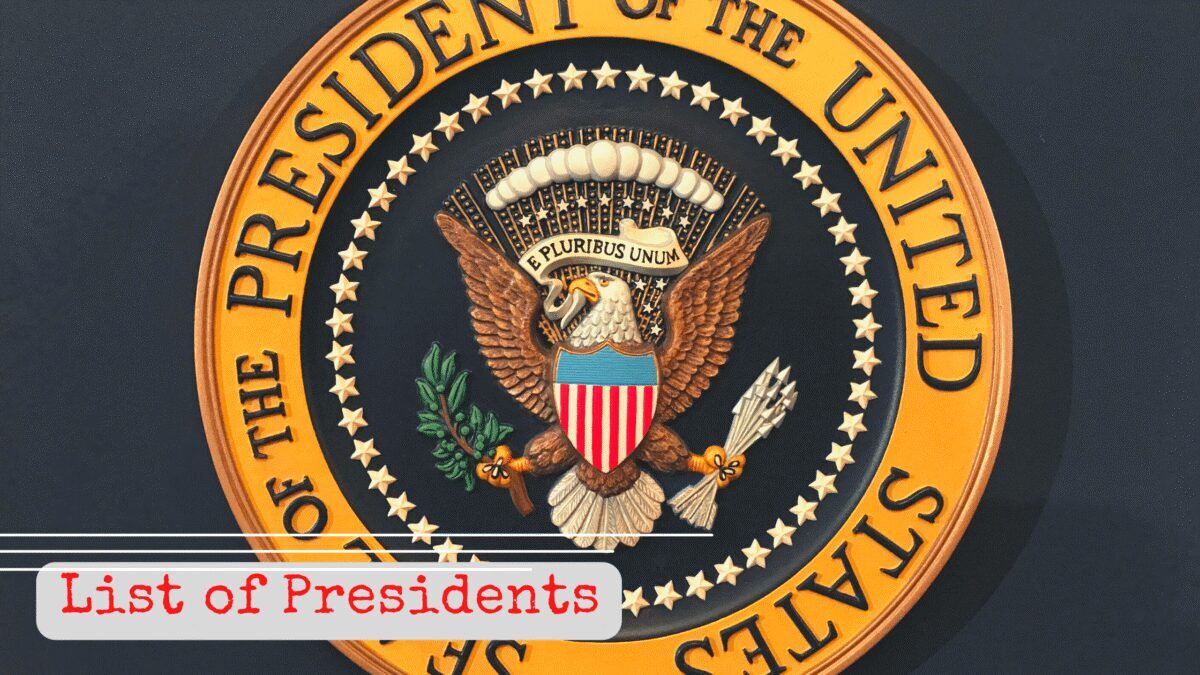
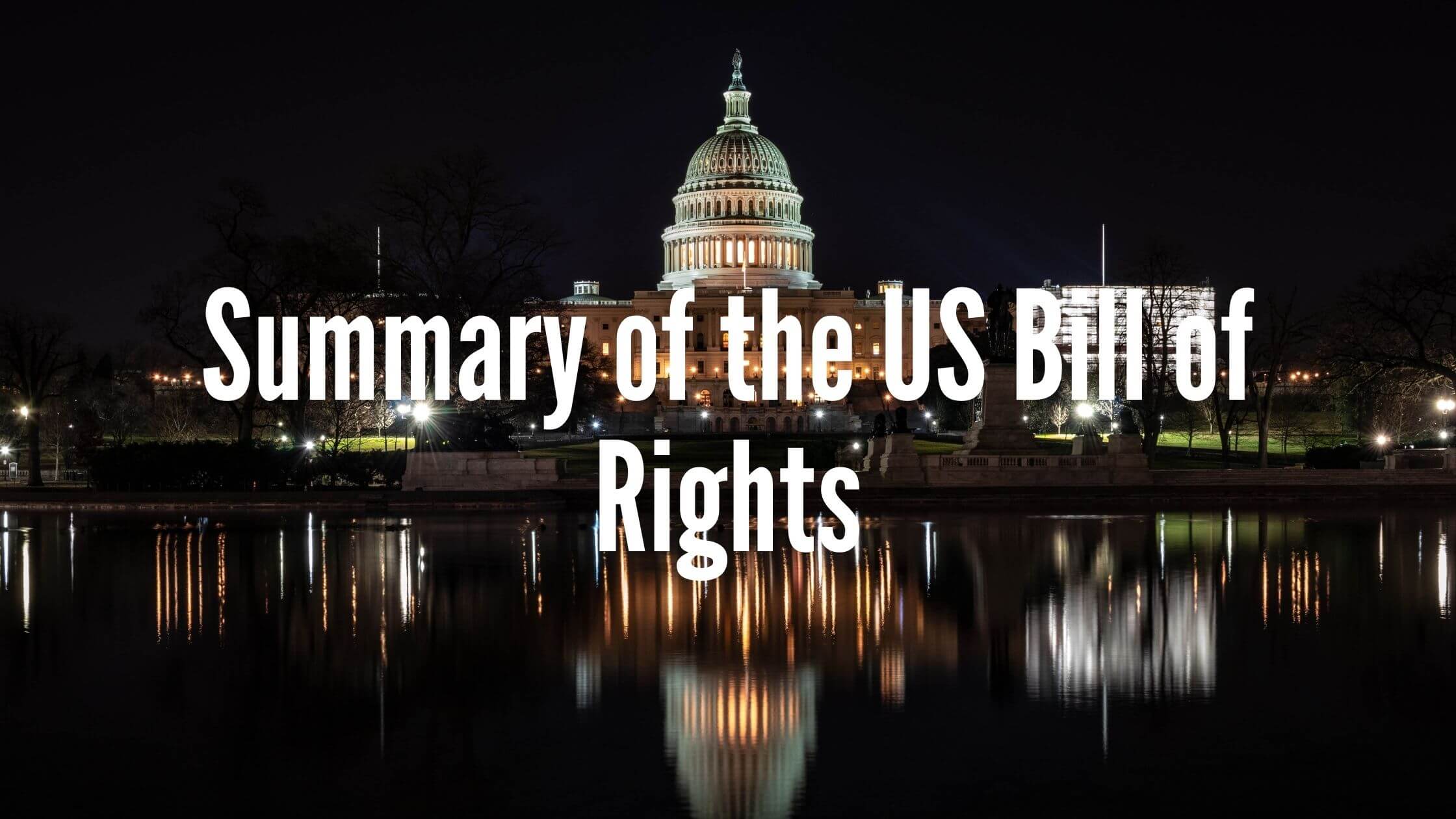
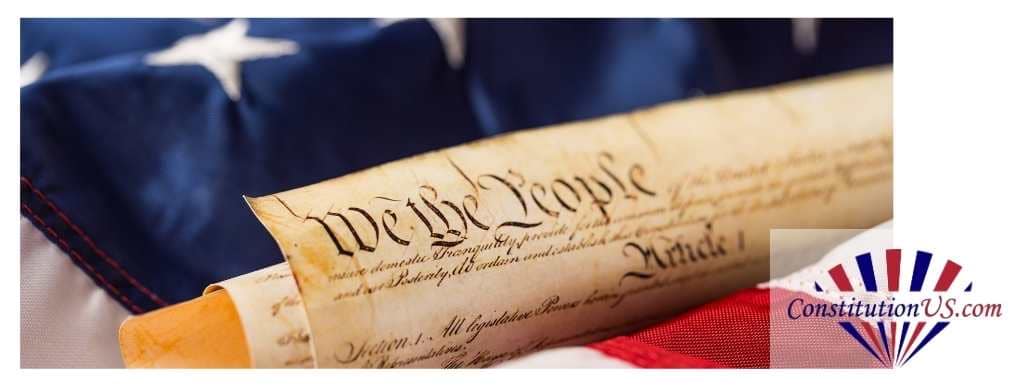

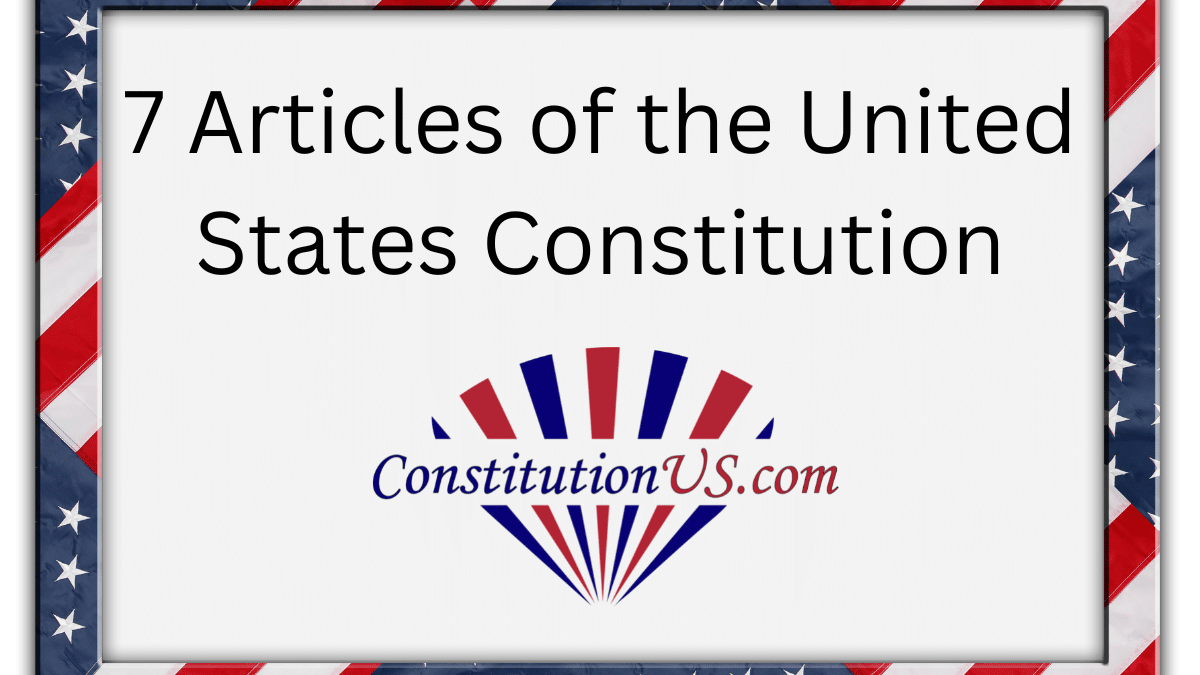
One Response
Government by Deep State bureaucrats is unconstitutional because
the bureaucrats making the decisions are unelected. Deep Srate
politics is a far cry from democracy and should not be allowed.
Neither should mob rule, anarchy, minority rule or dictatorship.
A favored minority can fairly easily become the oppressor of all the
other citizens. Also, the threat violence in writing laws should be scorned.